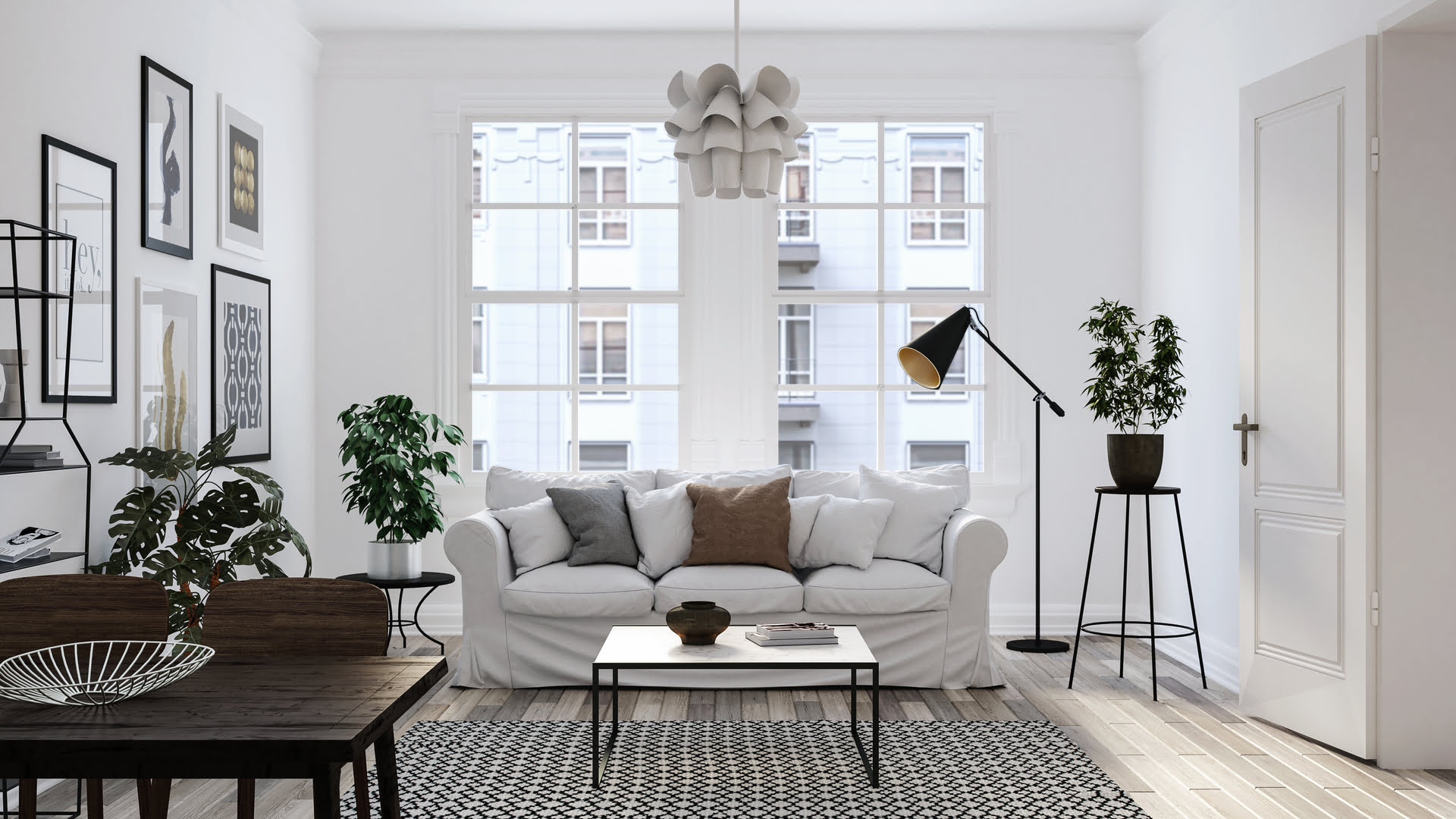

Articles
Where To Put Sofa In Living Room
Modified: December 7, 2023
Discover the best placement for your sofa in the living room with our informative articles. Improve the functionality and aesthetics of your space.
(Many of the links in this article redirect to a specific reviewed product. Your purchase of these products through affiliate links helps to generate commission for Storables.com, at no extra cost. Learn more)
Introduction
In any living room, the sofa is often the centerpiece and focal point. It not only provides a comfortable seating option but also sets the tone for the overall design and layout of the space.
When it comes to placing a sofa in the living room, there are several factors to consider. The right placement can enhance the functionality, flow, and aesthetics of the room, while the wrong placement can disrupt the harmony and functionality of the space.
In this article, we will explore various options for placing a sofa in the living room and discuss the considerations to keep in mind for each option. Whether you have a small or large living room, we will provide you with insights and ideas to help you make the best decision for your space.
Key Takeaways:
- Placing the sofa against the wall creates a classic and space-saving look, ideal for smaller living rooms. It’s a versatile option that can be adapted to different design styles, providing a clean and organized arrangement.
- Using the sofa as a room divider offers a stylish and practical solution for creating distinct zones in an open floor plan. It adds visual interest and functionality while maintaining a cohesive room design.
Read more: Where To Put Subwoofer In Living Room
Considerations for Placing a Sofa in the Living Room
Before diving into the different placement options, it’s important to consider a few key factors that will guide your decision-making process. These considerations will help you determine the most suitable placement for your sofa:
- Room Layout: Take into account the overall layout and size of your living room. Measure the dimensions of the room and consider the location of windows, doors, and other furniture pieces. This will help you determine the available space and potential obstacles that could affect the placement of the sofa.
- Functionality: Determine the primary function of your living room. Will it mainly be used for entertaining guests, watching TV, or as a multipurpose space? Understanding the intended use of the room will guide you in choosing the right placement for the sofa.
- Traffic Flow: Consider how people will move around the room. Ensure that the placement of the sofa allows for a smooth traffic flow and doesn’t obstruct pathways or doorways.
- Focal Point: Identify the focal point of your living room. It could be a fireplace, a window with a beautiful view, or a TV. Positioning the sofa in a way that complements the focal point will create a visually appealing and balanced arrangement.
- Proximity to Other Furniture: Take into account the other furniture pieces in the room, such as coffee tables, side tables, and chairs. Ensure that the placement of the sofa allows for convenient access to these items and promotes functional furniture arrangement.
- Aesthetics: Consider the overall aesthetics and style of your living room. The placement of the sofa should harmonize with the existing decor and create a cohesive and visually pleasing look.
By considering these factors, you will be able to make an informed decision about the placement of your sofa that maximizes both functionality and aesthetics. Let’s now explore the different options for placing a sofa in the living room.
Option 1: Against the Wall
One of the most common and straightforward ways to place a sofa in the living room is by positioning it against the wall. This option is particularly suitable for smaller living rooms or spaces with limited floor area. Placing the sofa against the wall not only helps to maximize the available space but also creates a clean and organized look.
When opting for this placement, there are a few considerations to keep in mind:
- Balance: Ensure that the sofa is centered against the wall to maintain a sense of balance in the room. This can be achieved by aligning it with other furniture pieces or architectural features.
- Spacing: Leave enough space between the sofa and the wall to prevent a cramped feeling. Aim for at least a few inches of space to allow for easy movement and cleaning.
- Back Support: If the sofa is placed against a blank wall, consider adding some decorative elements such as artwork or shelves to create visual interest and provide back support when sitting on the sofa.
The “against the wall” placement works well in traditional living rooms as it creates a formal and symmetrical arrangement. However, it can also be adapted to suit contemporary or eclectic styles by adding individualistic touches or mixing up patterns and textures.
Remember, this option is versatile and can be modified to accommodate different room shapes and sizes. Experiment with different furniture arrangements and accessories to find the most visually pleasing and functional setup for your living room.
Option 2: Floating in the Room
If you have a larger living room or want to create a more open and spacious feel, consider the option of “floating” the sofa in the room. Instead of placing it against a wall, position the sofa in the center of the space, away from any walls or architectural features.
This placement offers several benefits:
- Visual Impact: Placing the sofa in the middle of the room creates a bold and dramatic statement. It becomes the focal point and instantly grabs attention, making a strong visual impact.
- Room Dividing: When the sofa is floating, it can be used to create distinct zones within the living room. It can act as a subtle separator between different areas, such as the sitting space and the dining area or a reading nook.
- Circulation: Floating the sofa allows for easier movement and flexibility within the room. It opens up the space and enables better traffic flow, especially in larger gatherings or when rearranging furniture for different purposes.
When floating the sofa, consider the following tips:
- Area Rug: Place a rug underneath the sofa and surrounding furniture to anchor the seating arrangement and define the space.
- Lighting: Install pendant lights or floor lamps above the sofa to create a cozy and intimate ambiance.
- Finishing touches: Add side tables or ottomans next to the sofa to provide functionality and balance the floating arrangement.
The “floating in the room” placement is ideal for contemporary and modern living rooms, as it embraces a more unconventional and open layout. However, it can also be adapted to fit a variety of styles by incorporating appropriate furniture and decor elements.
Remember, this option requires careful consideration of the room’s dimensions and the overall design scheme. By strategically placing the sofa in the middle of the room, you can create a dynamic and inviting space that encourages conversation and interaction.
Option 3: Creating a Conversation Area
A living room is often a place where family members and guests gather to socialize and engage in conversations. By creating a designated conversation area with the sofa, you can promote a cozy and intimate atmosphere that encourages interaction.
Here are some steps to consider when setting up a conversation area:
- Arranging the Furniture: Start by placing the sofa opposite a focal point, such as a fireplace or a TV. This arrangement allows for easy viewing and ensures everyone in the seating area can participate in the conversation.
- Symmetry: Arrange additional seating, such as armchairs or loveseats, around the sofa to create a balanced and symmetrical layout. This helps create a sense of harmony and encourages face-to-face conversations.
- Distance: Ensure that the seating arrangement is neither too close nor too far apart. Aim for a distance of around 6-8 feet between the different seating options to facilitate comfortable conversation.
- Accessories: Add a coffee table or a side table in the center of the conversation area to provide a surface for drinks and snacks. Consider incorporating a soft rug under the seating arrangement to enhance the cozy atmosphere.
A conversation area is suitable for various living room styles, including traditional, transitional, and eclectic designs, as it promotes social interaction and facilitates comfortable seating.
If you have a larger living room, you can also create multiple conversation areas by dividing the space into zones. This allows for separate groups to engage in discussions without feeling disconnected from the overall room.
Remember, the key to a successful conversation area is to strike a balance between functionality and coziness. By carefully arranging the sofa and other seating options, you can create an inviting and conversational space that is perfect for entertaining guests or enjoying quality time with your loved ones.
When placing a sofa in a living room, consider the focal point of the room, such as a fireplace or TV, and position the sofa to face it. This creates a comfortable and functional seating arrangement.
Read more: Where To Put Desk In Living Room
Option 4: Dividing the Space with the Sofa
If you have an open floor plan or a large living room that needs to be delineated into distinct areas, consider using the sofa as a divider to create separate zones. This option allows for a visually appealing and functional way to define different spaces within the room.
Here’s how you can divide the space with the sofa:
- Positioning: Place the back of the sofa facing the main living area, effectively creating a visual separation between different zones. The sofa can act as a subtle barrier while still allowing for an open and connected feel.
- Backrest Storage: Opt for a sofa with a built-in storage compartment in the backrest. This feature serves a dual purpose by providing additional storage space and acting as a functional element for separating different areas.
- Functional Back: Another option is to have a sofa with a functional back that can be used as a bookshelf, display space, or even a mini workspace. This adds a practical aspect to the sofa divider while maintaining its visual appeal.
Dividing the space with a sofa can have several advantages:
- Distinct Zones: It helps to create distinct zones within the room for different activities, such as a seating area, a workspace, or a dining area.
- Visual Interest: The sofa acts as a visual focal point and adds interest to the room, especially if it features unique design elements or functions as a decorative piece.
- Flexibility: Since it’s not a permanent divider, the sofa can be easily moved or rearranged when needed, allowing for flexibility in adapting to different uses and occasions.
When using the sofa as a space divider, consider coordinating it with other furniture and decor elements to maintain a cohesive look. By strategically placing the sofa, you can create separate functional areas while maintaining a sense of unity within the overall room design.
Remember, this option works well in open floor plans or larger living rooms where there is a need to visually divide the space. It offers a stylish and practical solution for creating distinct areas without adding walls or partitions.
Option 5: Using the Sofa as a Room Divider
If you have a large living room or an open floor plan that needs to be divided into separate areas, using the sofa as a room divider can be a creative and functional solution. This option not only defines different zones within the room but also adds an element of style and versatility to the space.
Here’s how you can use the sofa as a room divider:
- Placement: Position the sofa perpendicular to the walls or at an angle to create a physical separation between different areas, such as the living room and dining room.
- Back Design: Consider selecting a sofa with an attractive and well-finished back design, as it will be visible from multiple angles when used as a room divider. This ensures that the sofa looks appealing and complements the overall aesthetic of the room.
- Functionality: Opt for a sofa that offers additional features, such as built-in storage or an adjustable backrest. This adds functionality to the room divider and maximizes its use beyond just seating.
Using the sofa as a room divider has several benefits:
- Separation and Privacy: It creates a sense of separation and privacy within the larger space, allowing each zone to have a distinct purpose and ambiance.
- Visual Interest: The sofa as a room divider adds visual interest and a unique design element to the room. It can serve as a statement piece that draws attention and enhances the overall aesthetic.
- Flexibility: Since the sofa can be moved, it offers flexibility in reconfiguring the room layout. This is especially beneficial if you like to change the room’s design or adapt it to different occasions.
When using the sofa as a room divider, consider the flow and functionality of the space. Ensure that there is enough space around the sofa to comfortably move between different areas. Additionally, coordinate the style and color palette of the sofa with the rest of the room to maintain a cohesive and harmonious look.
Remember, using the sofa as a room divider allows for both functionality and creativity. It adds a unique touch to your living space while providing the practical benefits of dividing the room into separate zones.
Option 6: Placing the Sofa in a Corner
If you have a smaller living room or limited floor space, placing the sofa in a corner can be a smart and space-saving option. This arrangement maximizes the available square footage and creates a cozy and intimate seating area.
Consider the following tips when placing the sofa in a corner:
- Corner Orientation: Position the sofa diagonally in the corner to make the most of the available space and create an interesting angle. This arrangement helps open up the room and gives the illusion of a larger living area.
- Avoid Blocking: Ensure that the corner placement does not block any natural light sources, windows, or doorways. This allows for balanced lighting and easy access in and out of the room.
- Utilize the Surrounding Walls: Incorporate shelves, wall-mounted decor, or floating cabinets on the adjacent walls to maximize storage and add visual interest to the corner arrangement.
Placing the sofa in a corner offers several advantages:
- Space Efficiency: By utilizing the corner of the room, you create an efficient use of space, leaving the larger central area for other furniture or activities.
- Cozy Atmosphere: The corner placement creates a cozy and intimate seating area, perfect for relaxation, reading, or enjoying a cup of tea.
- Functional Additions: Consider adding a side table or a floor lamp next to the sofa in the corner to provide additional functionality and enhance the comfort of the seating area.
When placing the sofa in a corner, carefully choose the size and style of the sofa to fit the available space. Opt for a sectional or a loveseat if the room is small, or a larger sofa with chaise if the corner can accommodate it.
Remember, the corner placement is versatile and works well in various living room styles. Whether your space is modern, traditional, or eclectic, positioning the sofa in a corner can bring a sense of coziness and functionality to your living area.
Conclusion
When it comes to placing a sofa in the living room, there are various options to consider, each with its own benefits and considerations. By understanding your room layout, functionality needs, and personal style, you can make an informed decision that enhances both the aesthetics and functionality of your space.
Placing the sofa against the wall is a classic and space-saving option that works well in smaller living rooms or those with limited floor area. It creates a clean and organized look and can be easily adapted to different design styles.
If you have a larger living room or want to create a sense of openness, floating the sofa in the room can be a stylish choice. This option allows for better traffic flow and can be utilized to divide the space into different functional areas.
Creating a conversation area with the sofa is ideal for those who prioritize social interaction and hosting gatherings. This arrangement fosters an intimate atmosphere and promotes face-to-face conversations.
Using the sofa as a room divider offers the opportunity to craft distinct zones in an open floor plan. It visually separates different areas while maintaining a cohesive look, providing both functionality and visual interest.
Lastly, placing the sofa in a corner is a space-efficient solution for smaller living rooms. It creates a cozy and intimate seating area while maximizing the available square footage.
Remember to consider factors such as room layout, traffic flow, functionality, and aesthetic preferences when selecting the best placement for your sofa. By thoughtful consideration of these factors, you can create a living room layout that not only meets your needs but also reflects your personal style and enhances the overall ambiance of your home.
So don’t be afraid to get creative and experiment with different placement options. Your sofa is not just a piece of furniture; it’s a centerpiece that can transform your living space into a comfortable and visually appealing haven.
Frequently Asked Questions about Where To Put Sofa In Living Room
Was this page helpful?
At Storables.com, we guarantee accurate and reliable information. Our content, validated by Expert Board Contributors, is crafted following stringent Editorial Policies. We're committed to providing you with well-researched, expert-backed insights for all your informational needs.
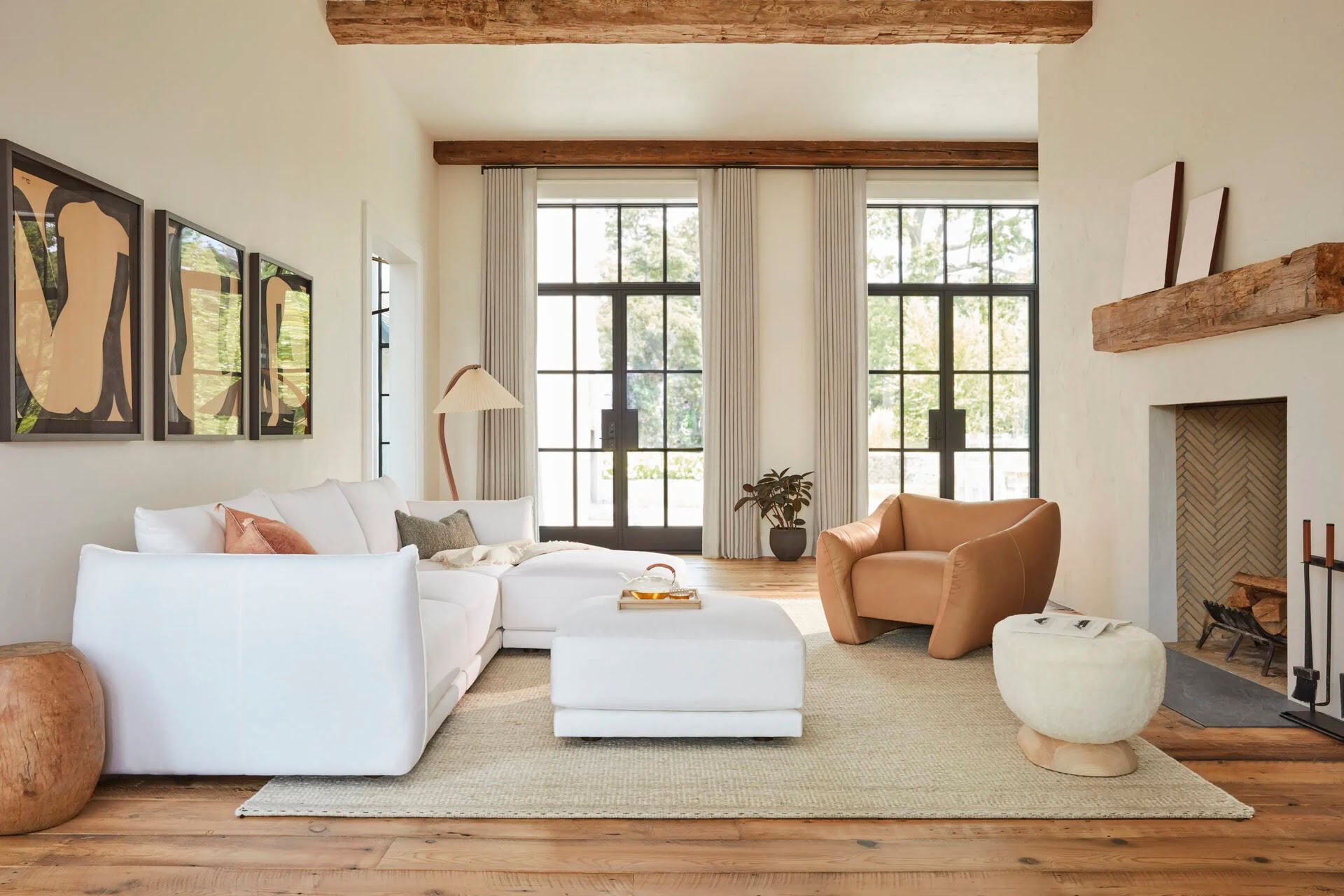
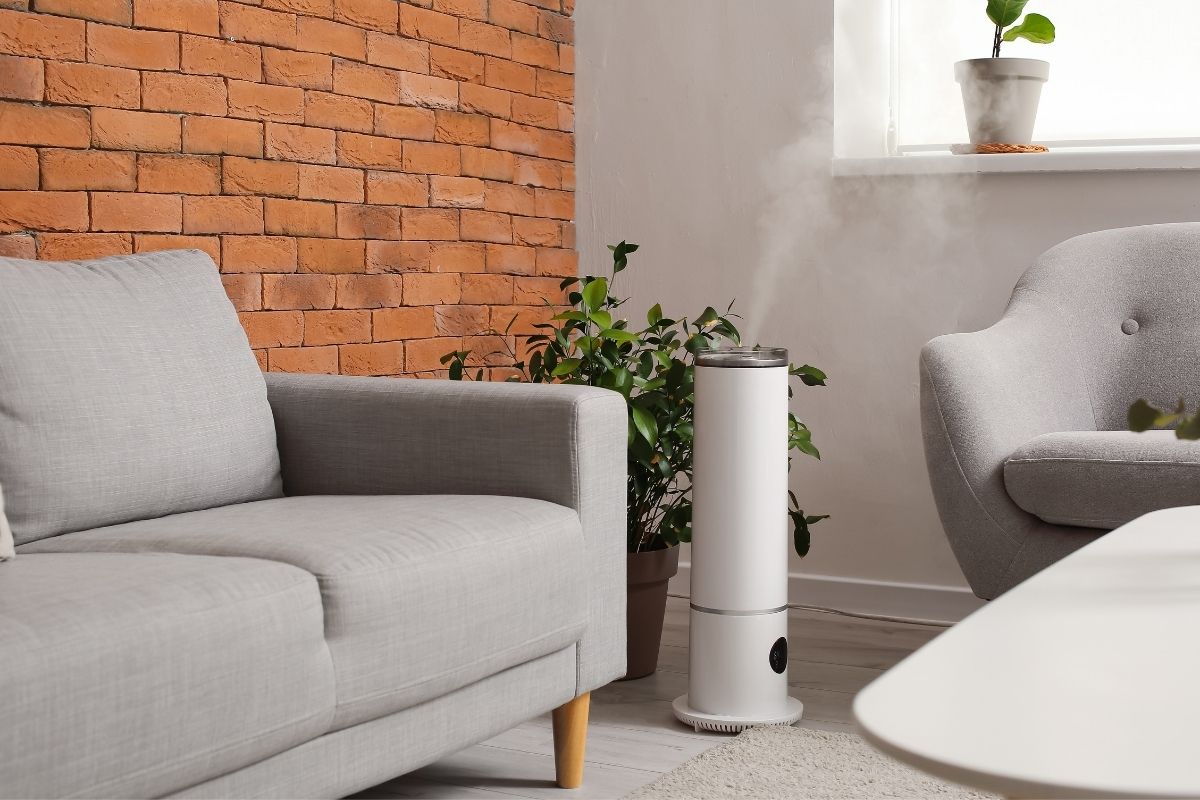
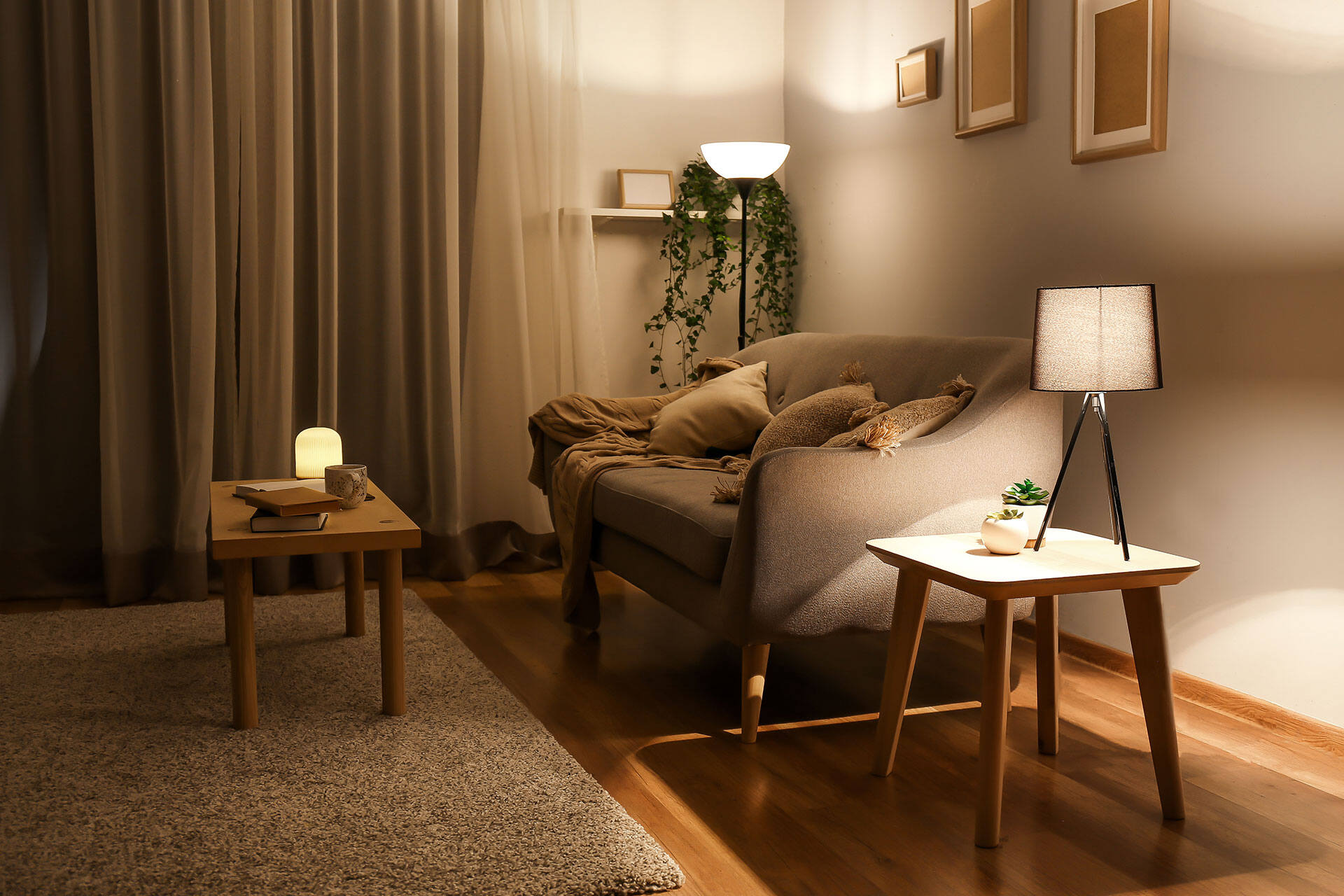
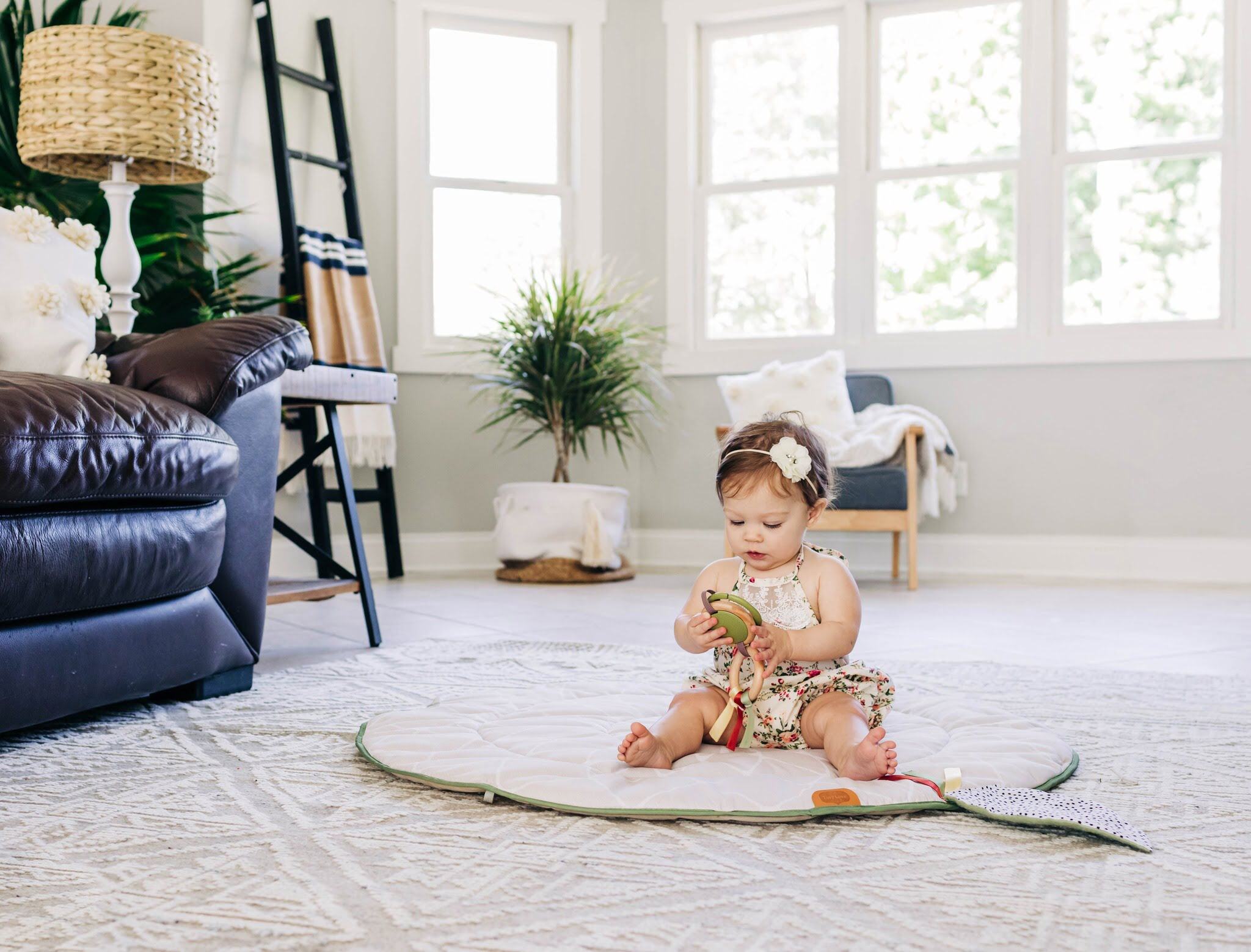
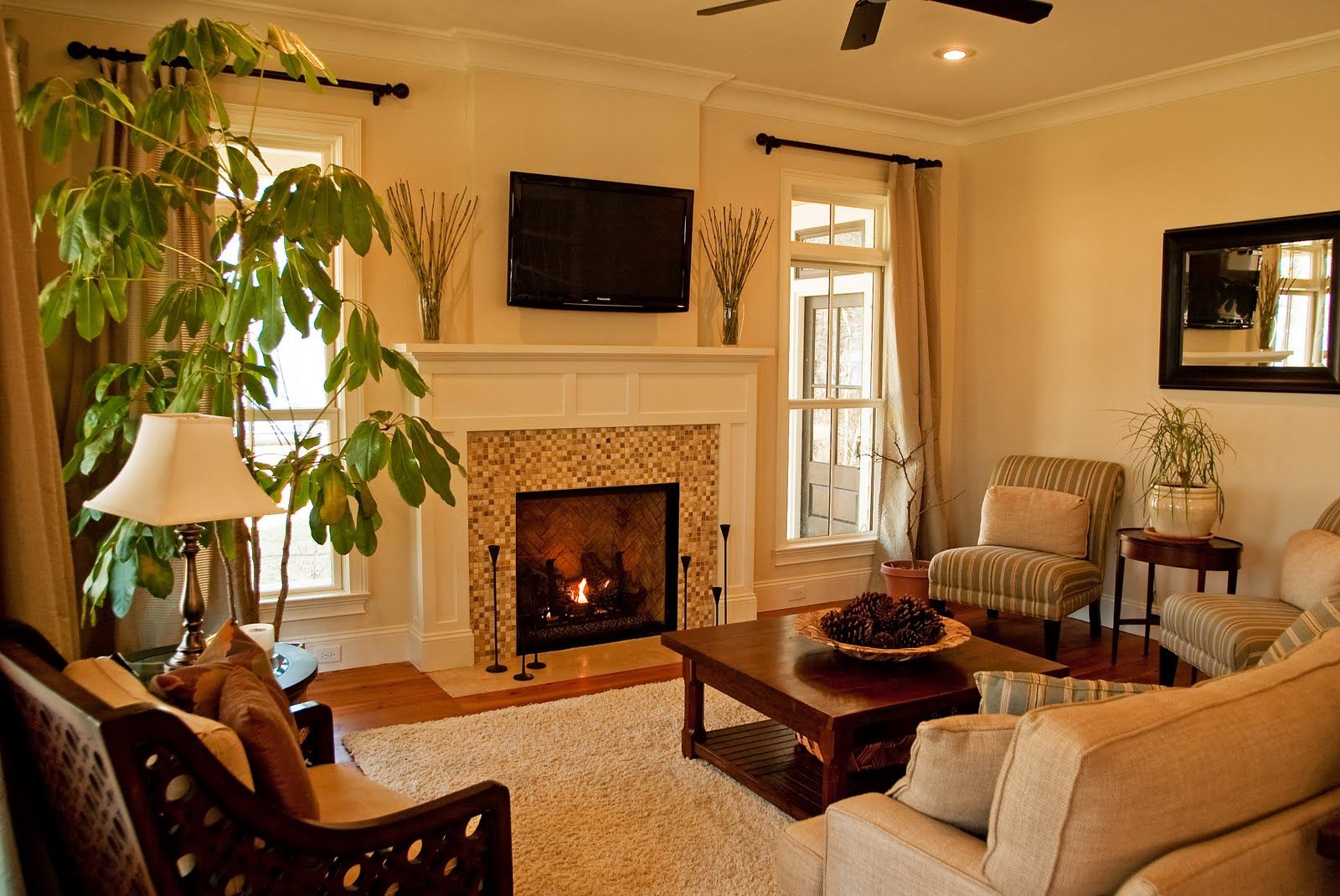
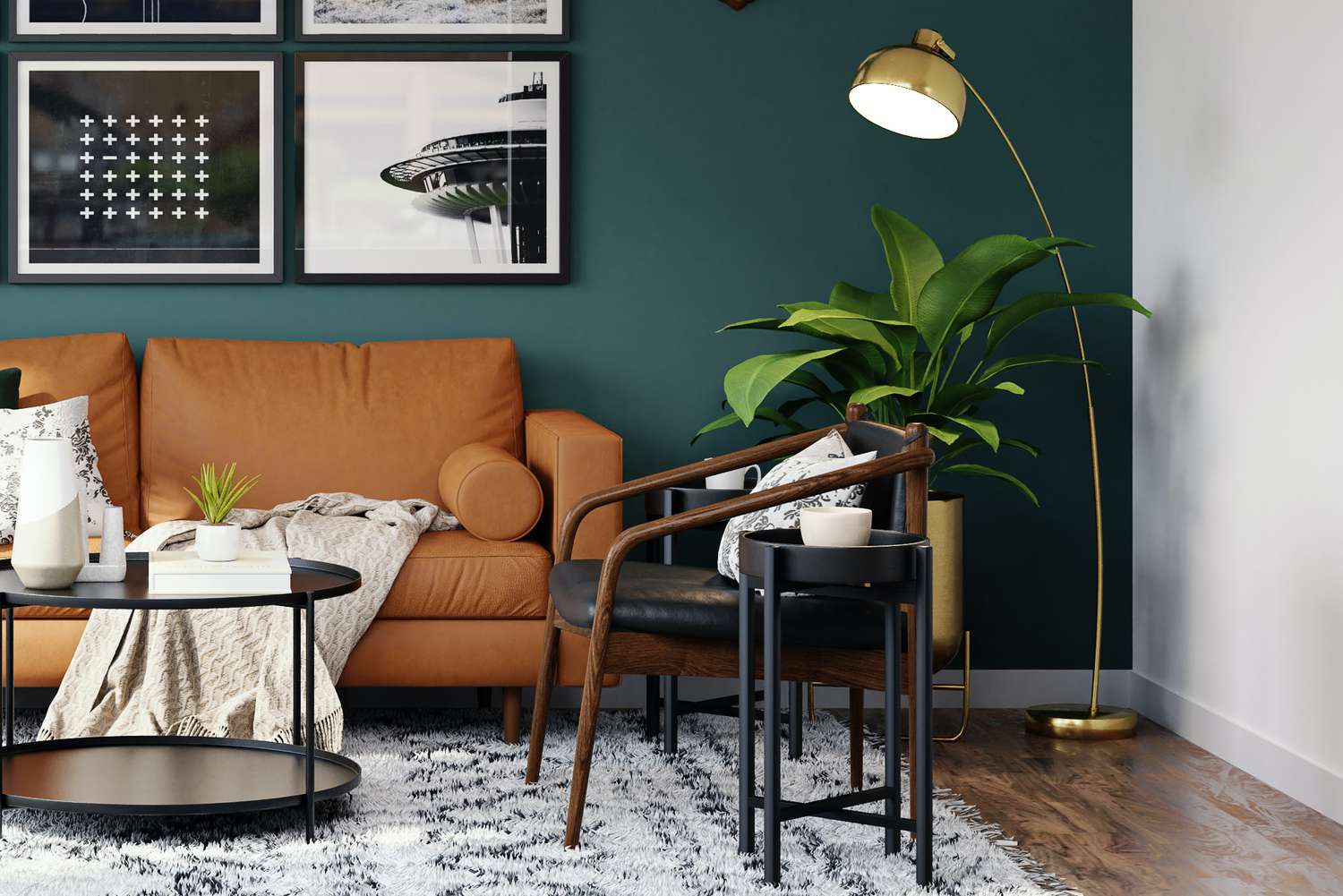
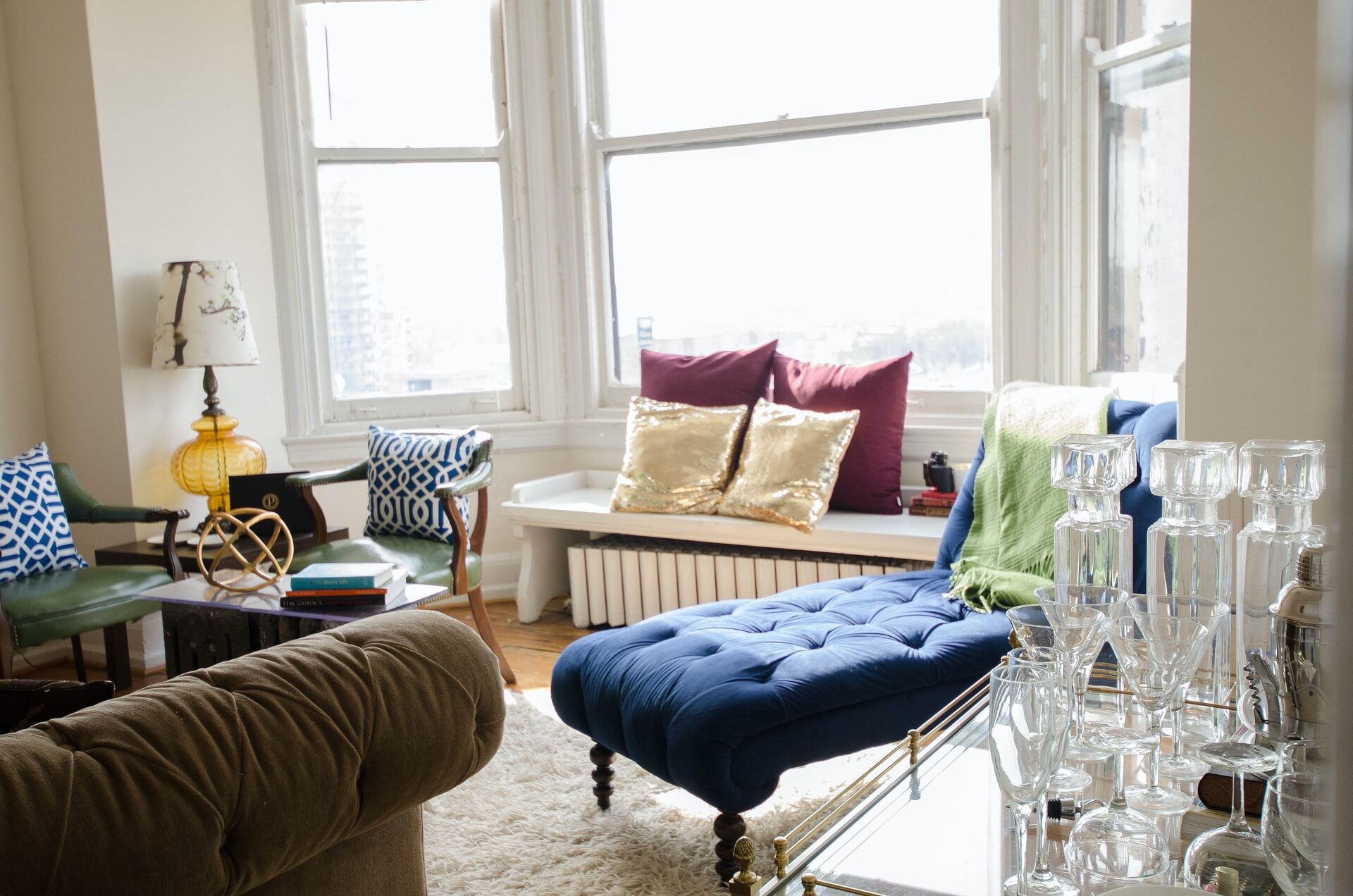
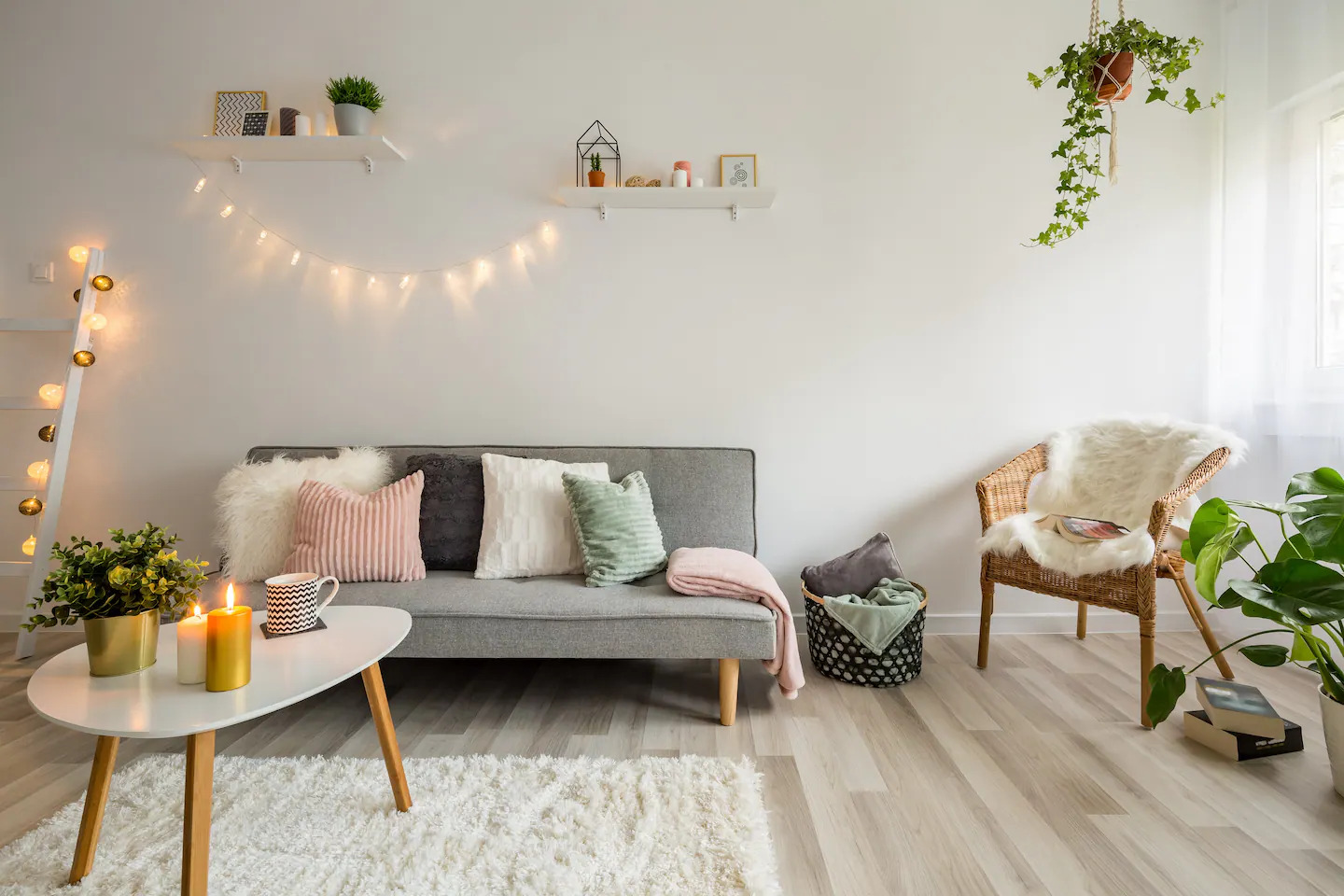
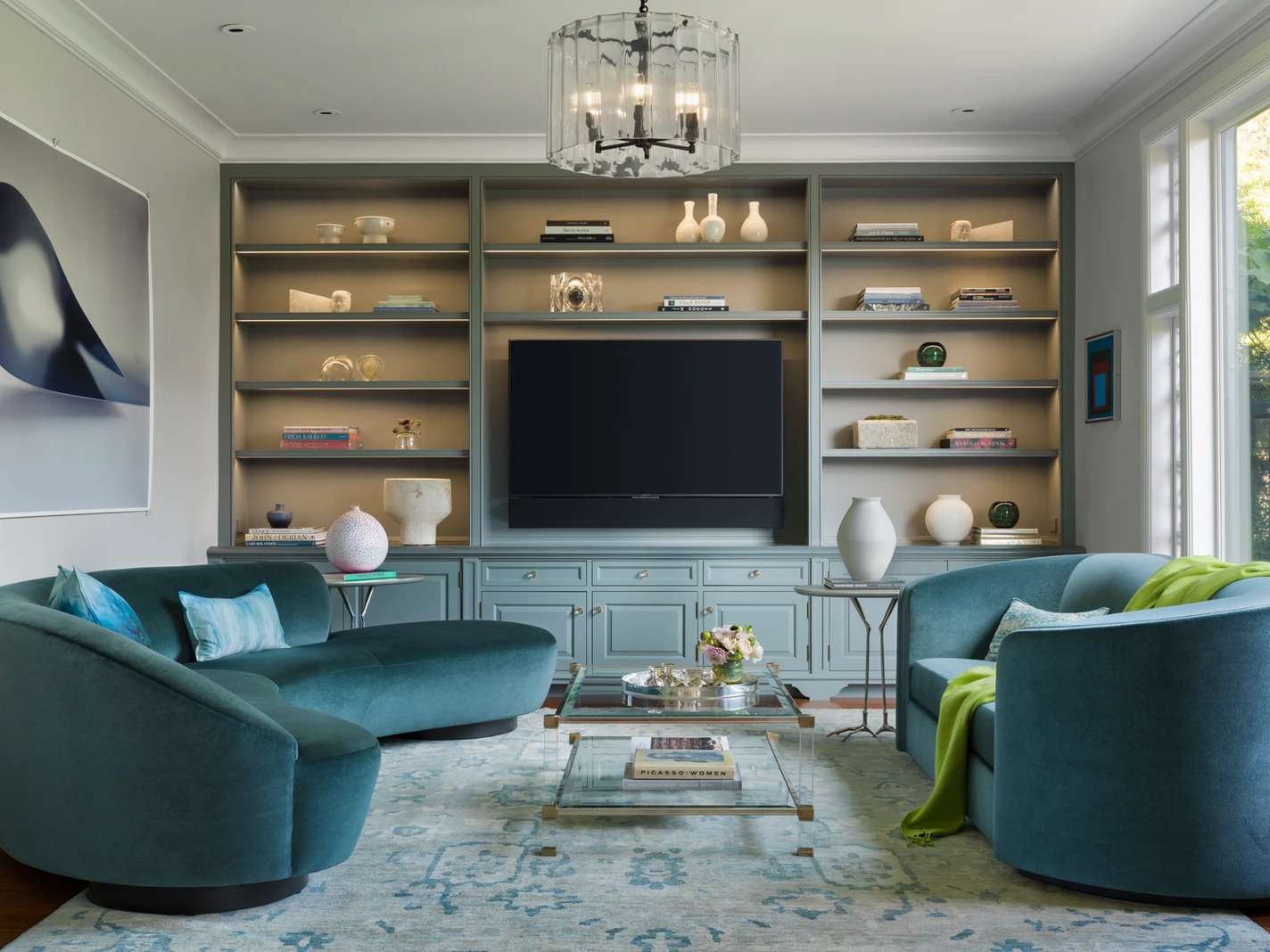
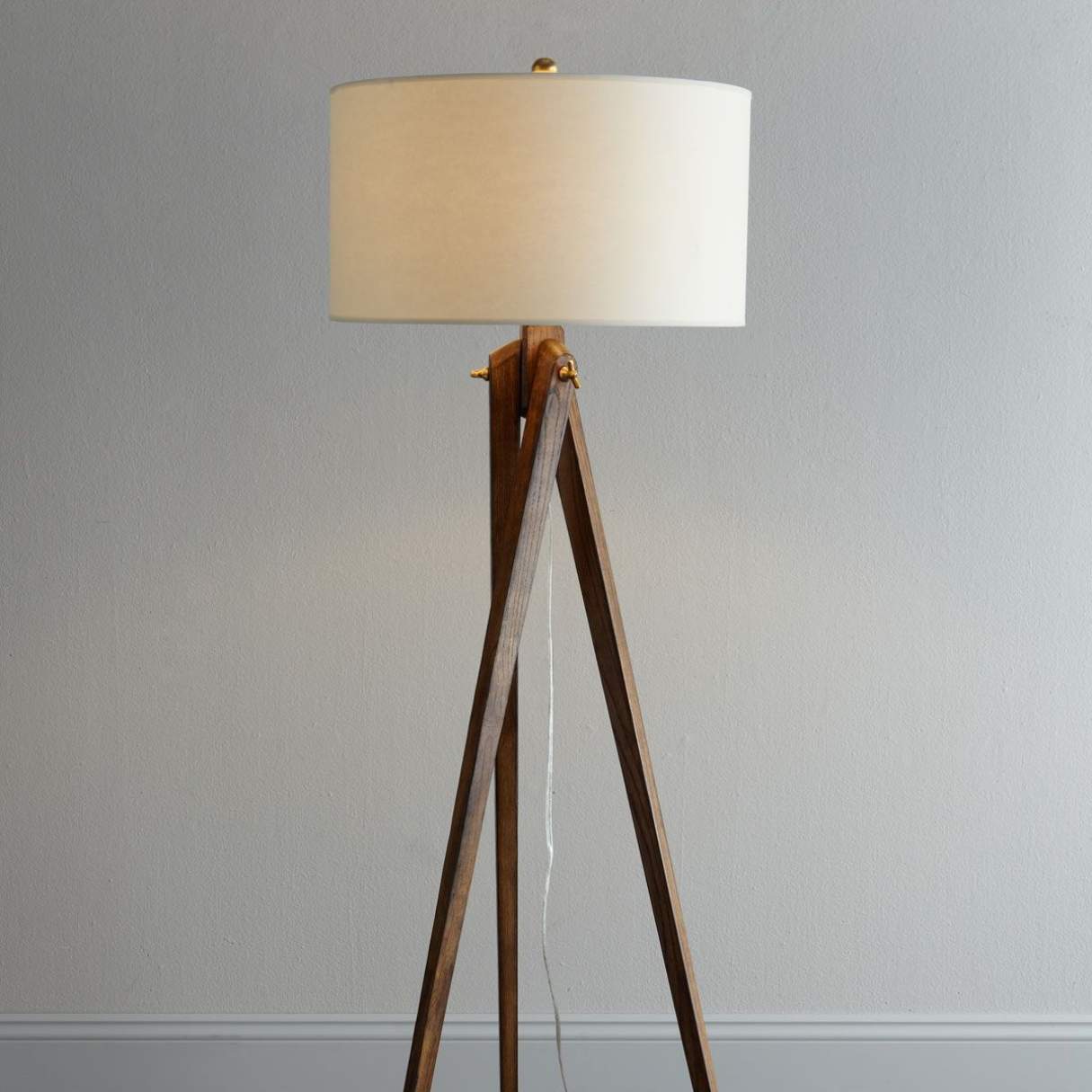
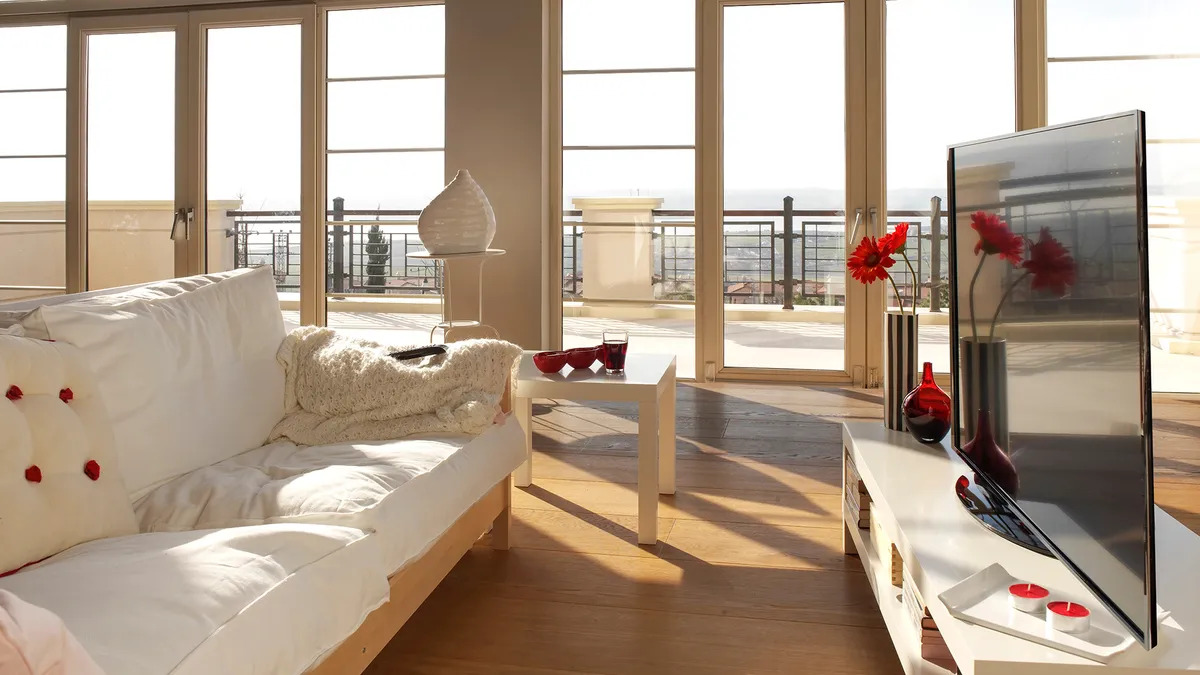
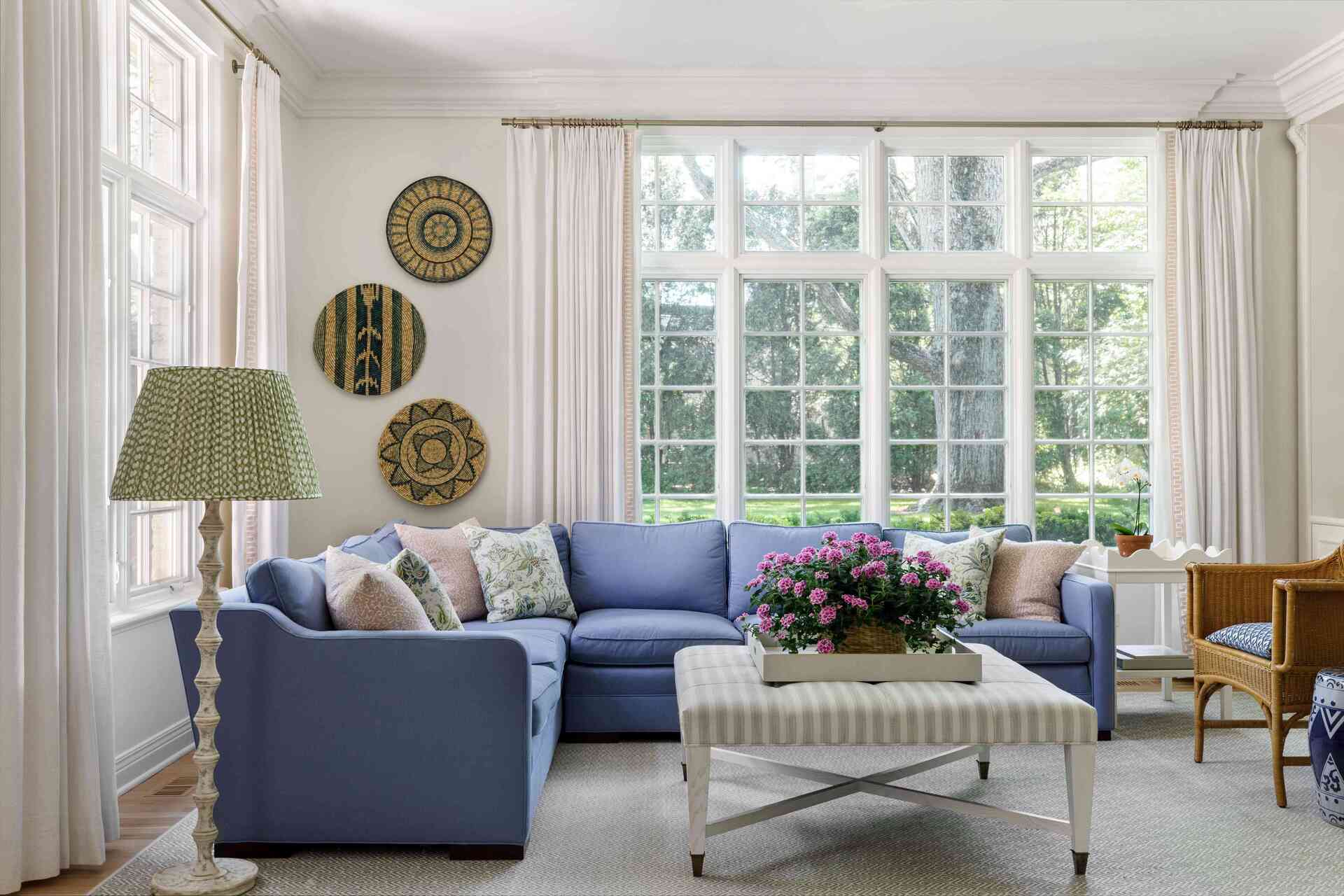
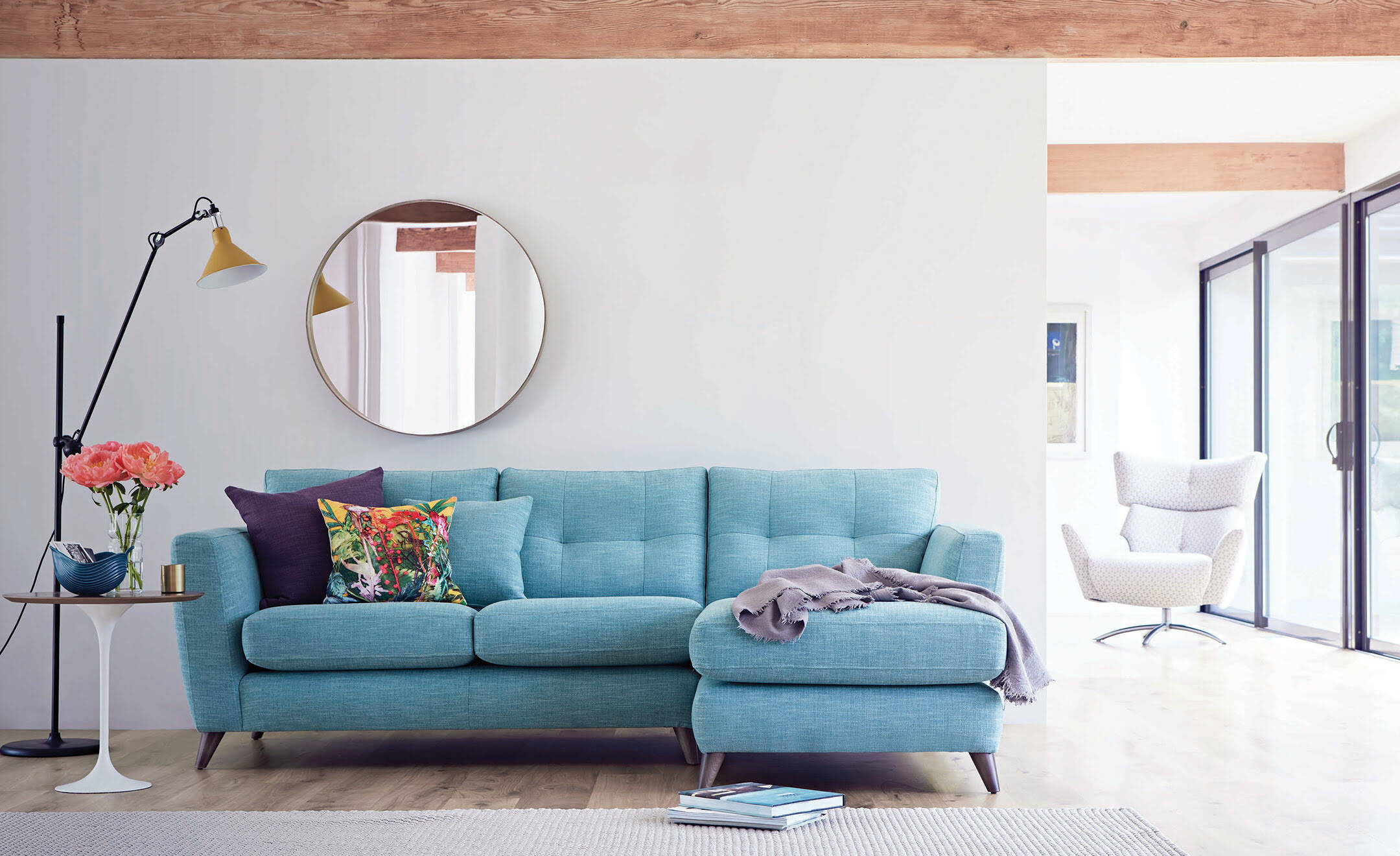
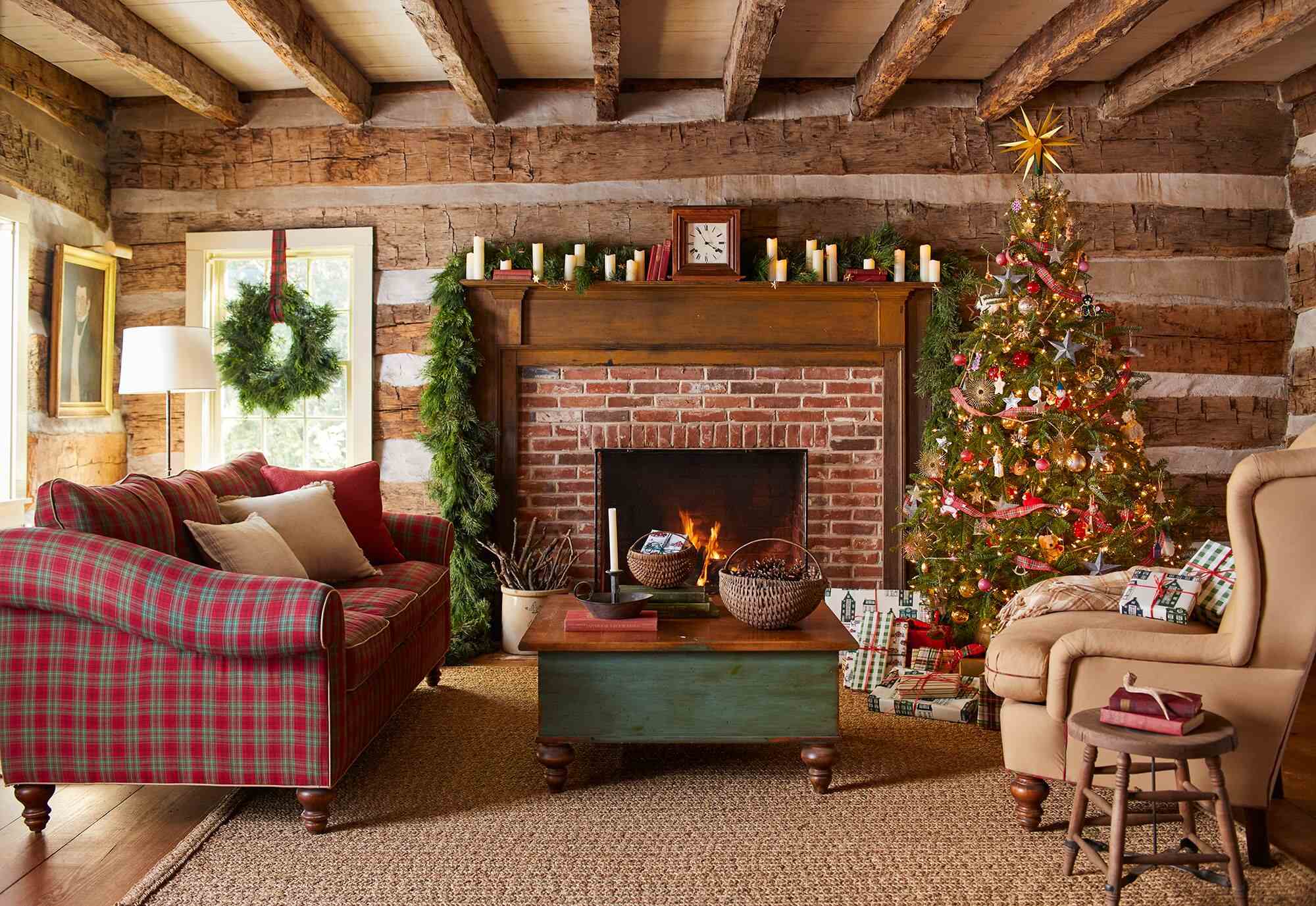

0 thoughts on “Where To Put Sofa In Living Room”